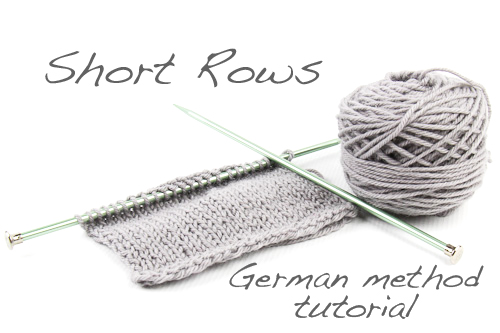
The third in my series of tutorials for working Short Rows demonstrates the German method; this is another technique which uses a yarnover instead of wrapping the turning stitch, but instead of the yarnover itself becoming the extra loop, it’s used to pull up a stitch from below to disguise the turning point.
The German method on a knit row:
1. Knit to the turning point, and turn the work. Note that when using this method, you will work up to and including the turning stitch. In the w&t method, you’re technically working to one stitch before the turning stitch.
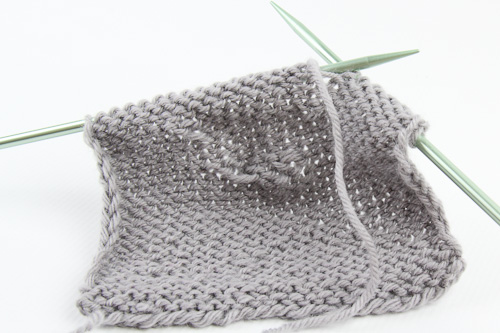
2. Slip the next stitch purlwise.
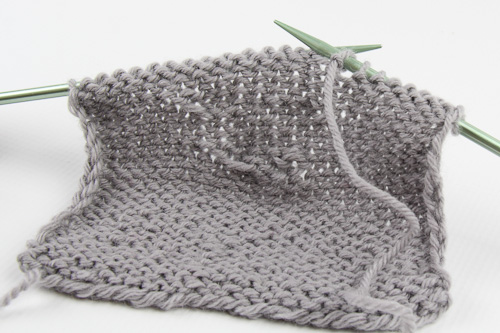
3. Bring the working yarn to the back over the right needle, and pull upwards so that the stitch below the slipped stitch is pulled partially up onto the needle. This creates what appears to be an odd-looking double stitch, but it’s not a mistake.
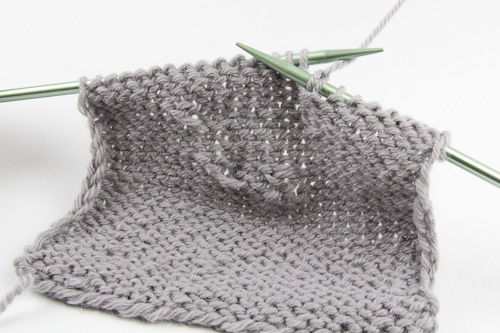
4. Bring the working yarn to the front again between the needles; purl the next row.

The German method on a purl row:
1. Purl to the turning point, and turn the work.

2. Bring the working yarn to the front between the needles.

3. Slip the next stitch purlwise.
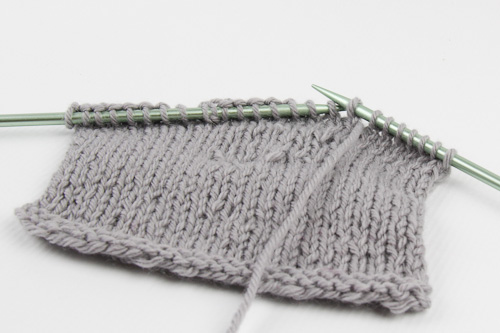
4. Bring the working yarn to the back over the right needle, and pull upwards so that the stitch below is pulled partially up onto the needle creating what appears to be a double stitch.
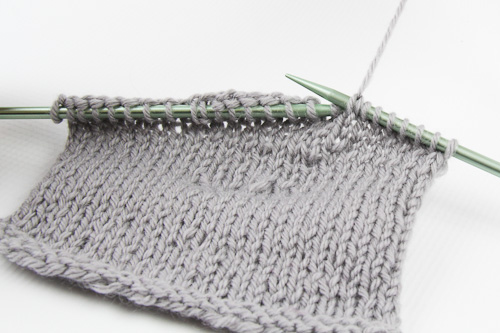
5. Knit the next row. On this side, the work is sometimes a little bit tighter because the yarn is already at the back and so has less distance to travel.
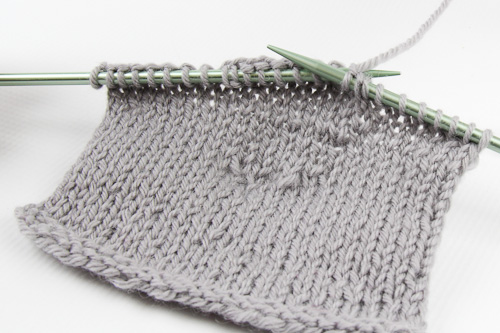
To work the double stitch on a knit row:
1. Knit to the double stitch, which is very obvious in the row.

2. Insert the right needle tip knitwise under both of its front legs.
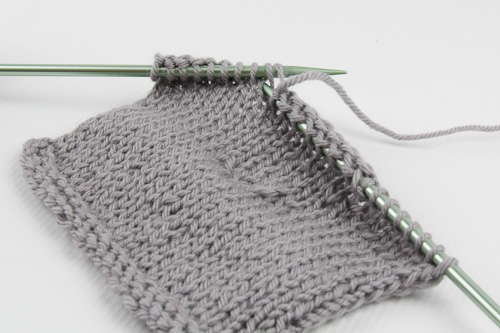
3. Knit both legs together as one.
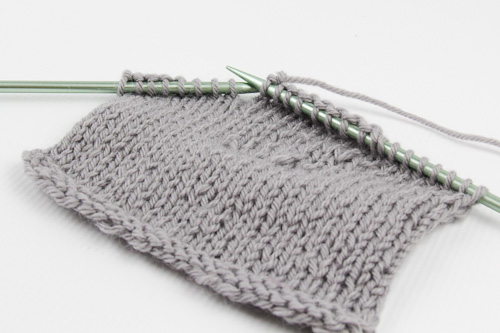
To work the double stitch on a purl row:
1. Purl to the double stitch, which again is obvious to see; insert the right needle tip purlwise under both of its front legs.
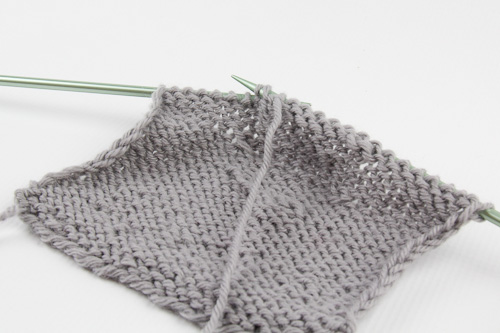
2. Purl both legs together as one.
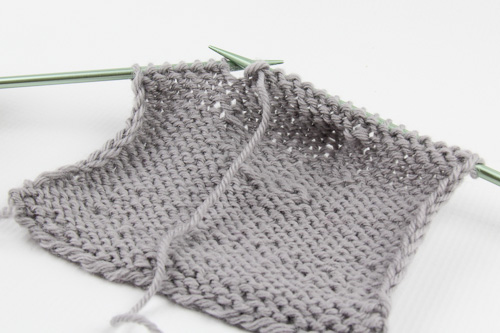
To me, the German method looks great on both the RS and WS, and it’s easy to work. The double stitch is very obvious, once you get used to how wonky it looks. The next tutorial will demonstrate another way of pulling up a stitch, with Short Rows using the Japanese method.
For the other tutorials in the Short Rows series, see:
Short Rows using the wrap & turn method
Short Rows using the yarnover method
